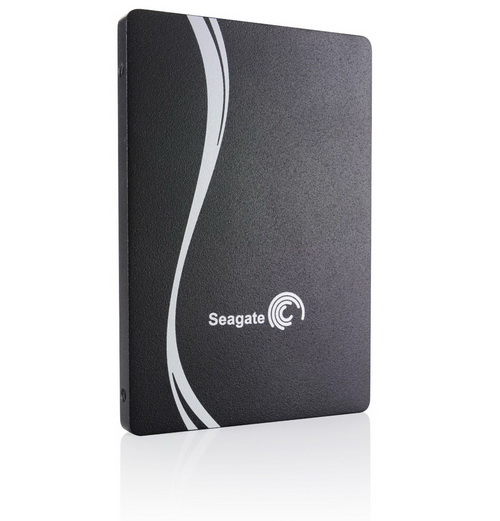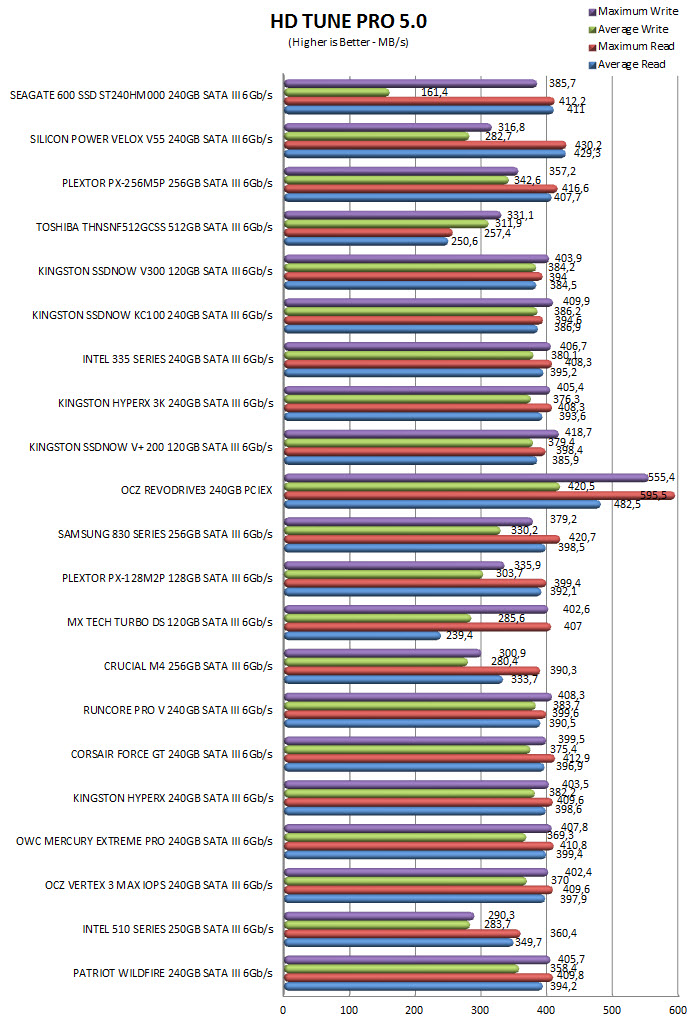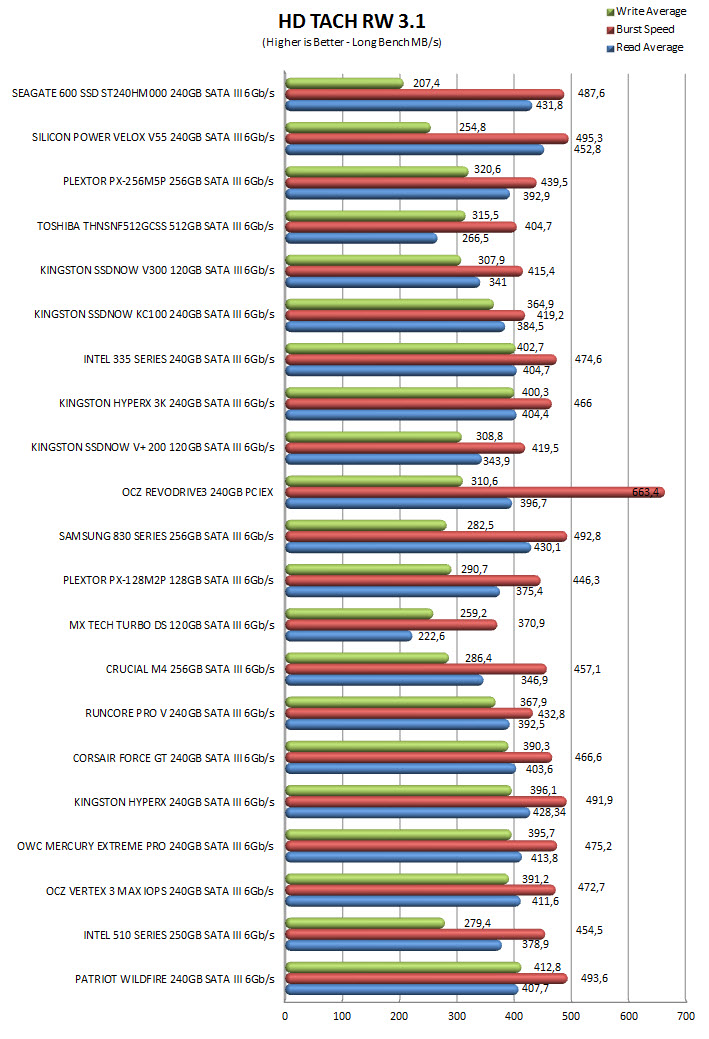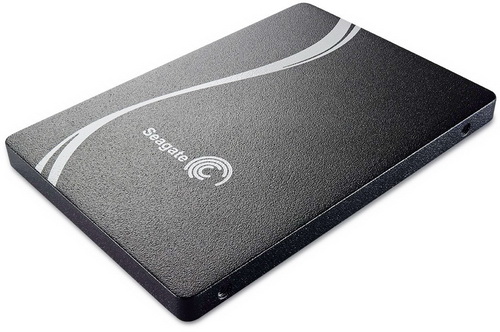INTRODUCTION

Although hard disk drives (or mechanical drives as some call them) have been around for many decades and names such as Seagate, Western Digital, HGST (Former Hitachi GST) and Toshiba have been tied to them only recently did they all of them decide to turn their focus to the manufacturing of solid state drives. Now this is somewhat strange since when the first consumer oriented SSDs started to appear roughly 5 years ago they were manufactured by companies that had nothing to do with storage media prior and although many of us in the industry hoped for the above companies to make a move and take the market by surprise none of them did. Seagate was the first to release an HDD/SSD hybrid with their Momentus XT 2.5" drives along with a couple of enterprise oriented SSD models but that was just about it and so my guess is that they all stayed out of the game not only to see how SSDs would fair in the market (just to be on the safe side of things) but also for prices to drop at acceptable levels. Well Seagate is back again with their first consumer oriented solid state drive model the 600 SSD and today with us we have the 240GB variant.
Founded in 1979, Seagate is the leading provider of hard drives and storage solutions. From the videos, music and documents we share with friends and family on social networks, to servers that form the backbone of enterprise data centers and cloud-based computing, to desktop and notebook computers that fuel our personal productivity, Seagate products help more people store, share and protect their valuable digital content. Seagate offers the industry’s broadest portfolio of hard disk drives, solid-state drives and solid-state hybrid drives. In addition, the company offers an extensive line of retail storage products for consumers and small businesses, along with data-recovery services for any brand of hard drive and digital media type. Seagate employs more than 50,000 people around the world.
The SATA III compatible 600 SSD series by Seagate is aimed towards consumers who want to update their laptop drive and is available in three model capacities 120GB, 240GB and 480GB (that however doesn't mean it's not suited for desktop use). For the more demanding enterprise users Seagate manufactures both the SATA III compatible 600 Pro SSD series (100/120/200/240/400/480GB) and the ultra-high end SAS 12Gb/s compatible 1200 SSD series (200/400/800GB). This is one of the very few occasions that we've seen a manufacturer release not one but three SSD models at the same time targeted towards difference segments of the market so i consider having the option to choose the right solution for you to be a very good thing for users both regular and enterprise ones. However contrary to most SSD manufacturers Seagate took a whole different path and so instead for opting for one of the industry’s leading SSD controllers from SandForce/LSI, Indillinx/OCZ and Marvell they chose to go with the LM87800 controller by LinkAMedia a company which is not very popular with SSD manufacturers (Perhaps SK Hynix can change that now that they have taken over). Specs-wise the LM87800 controller has 8-channel architecture and incorporates the eBoost technology which according to LinkAMedia improves drive endurance via "adaptive signal estimation techniques" and is also used for error correction purposes. The downside with the LM87800 controller is that it seems to lack AES hardware encryption (the manufacturer claims it's capable of AES hardware encryption but so far neither Corsair nor Seagate are making use of it) and although that's not a feature regular consumers need still it's something we'd like to see. Anyways let's see exactly how good the first consumer oriented SSD by Seagate fairs against its immediate competition shall we?
SPECIFICATIONS AND FEATURES


THE 600 SSD 240GB
As expected we received the 600 SSD 240GB inside an antistatic bag (bulk).
Don't know if it really matters but it's good to see the "Assembled in the U.S.A" statement at the rear of the package.
The entire upper side of the 600 SSD is covered with a scratch-proof matte coating and as expected has the Seagate logo on it.
Turning the drive over we see that the back is just an aluminum plate on which there's a large sticker that contains all the usual information such as the units Serial and Part numbers, barcodes, model capacity, electrical requirements, country of manufacture, roll out date (17/04/13) and several certification logos.
Moving at the rear we see the SATA connector and 4 pins used for firmware updates (probably).
Unlike many SSD models in the market which are 9mm thick Seagate has launched the 600 SSD series both in 7mm (seen above) and in 5mm variants.
Removing the rear aluminum plate was not really hard but by doing so we did scratch the device a bit so we strongly recommend against doing so. That being said on the main side (the one facing the top) we see both the NAND/RAM chips (the 600 SSD 240GB comes with 256MB RAM) and the controller which is placed underneath a thermal pad.
The 19nm MLC NAND is manufactured by Toshiba and on the 240GB variant of the 600 SSD there are eight modules of 32GB each resulting in a total of 256GB (roughly 7% overprovisioning).
The LinkAMedia LM87800AA is made in Japan and gets cooled by the top section of the drive (via the thermal pad).
TEST BED


TESTING METHODOLOGY
After roughly 5 years of testing sold state drives i have concluded that it's almost impossible for any single benchmark suite to accurately measure their performance and that's why in certain benchmark suites we see amazing read/write performance numbers with some drives while in others things are quite different. The reason behind this is that some benchmarking suites are configured to read and write random chunks of data while others read and write constant (sequential) ones. So that's why i always use a very wide selection of benchmarking suites including AIDA64, HD Tach RW, HD Tune Pro, Crystal Disk Mark, Sisoftware Sandra Pro, AS SSD, IOmeter and ATTO. To get the most accurate results each test gets repeated a total of 6 times with the average performance numbers recorded into our charts.
Many people made inquiries about the charts ever since the last comparison so once again please do keep in mind that the Charts have the average performance numbers of each drive recorded and not the peak (highest) ones. Also although every single one of these programs can help potential buyers choose the right drive for their needs you should also remember that from any kind of benchmark up to real world usage the gap is not small (and usually most differences will go unnoticed by most people). All tests were performed in a fresh Windows 7 Ultimate x64 installation with every update installed up to July 29th 2013.
TEST RESULTS - AIDA64 / ATTO


TEST RESULTS - HD TUNE PRO / HD TACH RW


TEST RESULTS - SISOFTWARE SANDRA PRO / CRYSTAL DISK MARK


TEST RESULTS - AS SSD / IOMETER


CONCLUSION

If you've been following our reviews you should know that if there's one thing that we all hate is lying about the performance/quality of a product and so I’d be lying if i said that i wasn't expecting more from the 600 SSD by Seagate, at first that is. You see although in 14 out of the 26 total tests the 600 SSD 240GB managed to surpass even the latest Plextor M5 Pro 256GB SSD there are some issues regarding its average/constant write speeds so at first i didn't exactly like that part. However Seagate also launched the 600 Pro SSD model for more demanding users and applications so in a way there wasn't much space for them to fit both models so consequently the lowest end model of the 3 newly released ones (600/600Pro/1200) should perform well but certainly not on par with the mid and high-end ones. With that in mind we can't wait to get the 600 Pro SSD model in our hands to see exactly what gains it offers compared to the regular 600 SSD (and the 1200 if possible). Also since the 600 SSD has only been out for slightly over 2 months let's not rule out the possibility of a firmware update that could boost its performance levels (as a matter of fact that's certain, we just can't say to what extend).
So since the 600 SSD is Seagate’s current "entry" level solid state drive line aimed towards casual users and gamers we hoped that the price tag of the 240GB model would also reflect that and we were quite right since it currently retails for USD209.99 inside the USA (Amazon.com) and 207.26Euros inside the EU (Amazon.de). The fact however that this is a brand new model is enough to keep it above other solutions like the Plextor M5 Pro but with a price difference of less than 10% and similar read/write speeds in the end it will most certainly come down to what brand/manufacturer people prefer (not to mention that its price should drop after a few months). Lightning fast performance coupled with the name of one of the leading manufacturers of storage devices and at an somewhat attractive price tag, what more can one ask for? Because of all of the above the Seagate 600 SSD 240GB (ST240HM000) walks away with our Golden Award.
 PROS
PROS
- Build Quality
- Lightning Fast Performance
- Brand New Product (Room for Improvement via FW Update)
- 7mm & 5mm Models
- 3 Years Warranty
CONS
- Price (For Some)
- No AES Hardware Encryption (FW Disabled)

 O-Sense
O-Sense
















.png)

